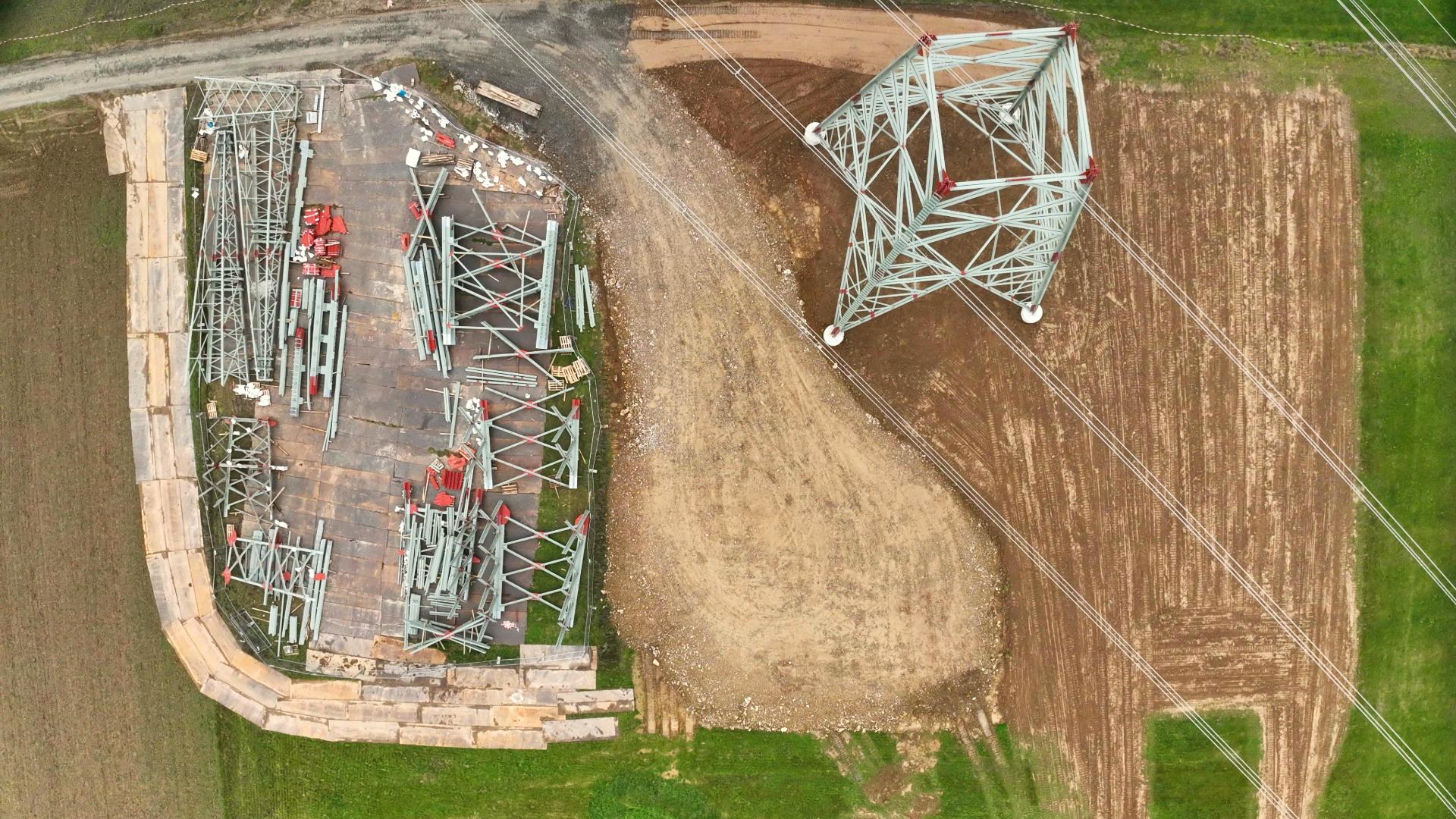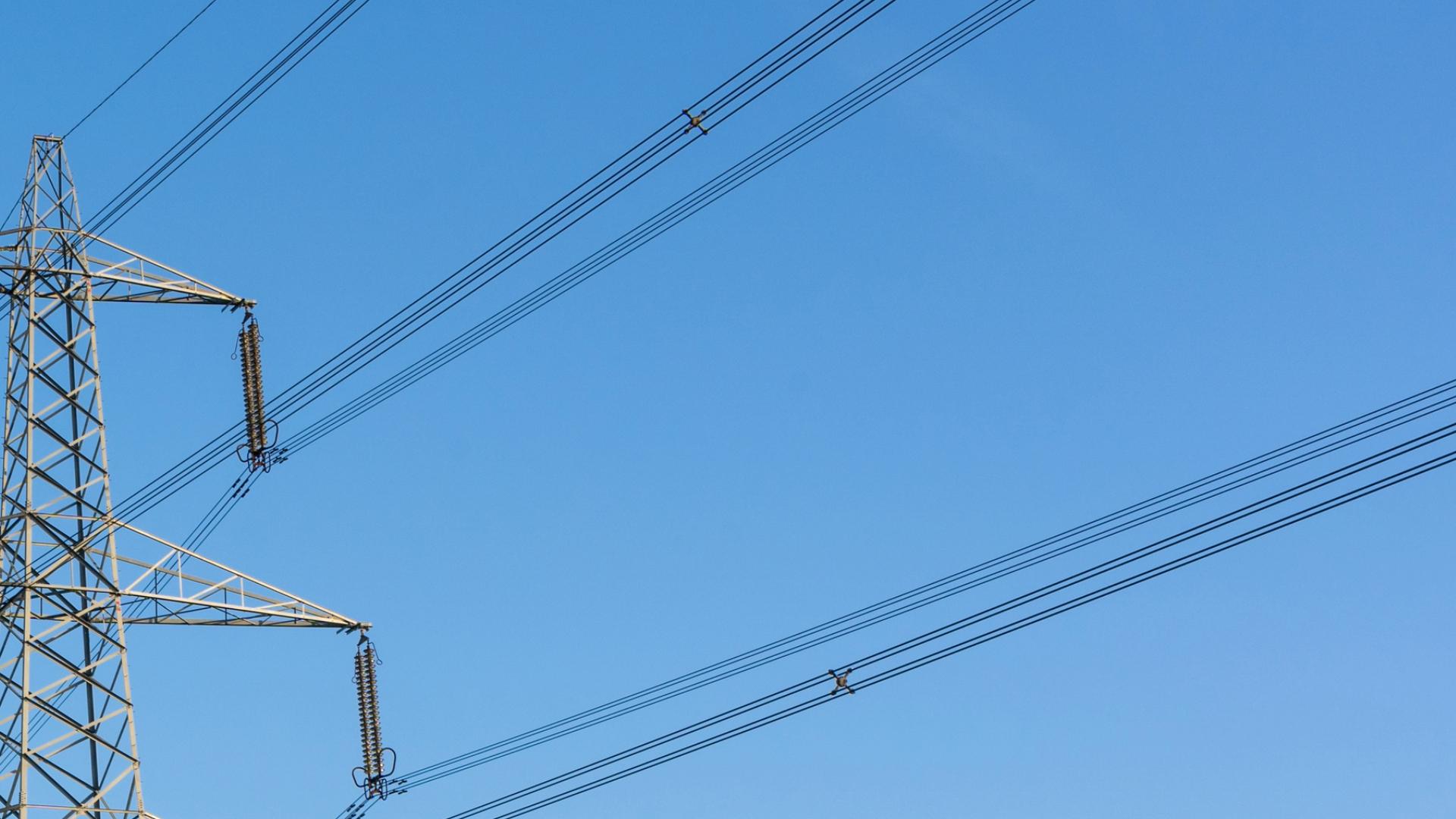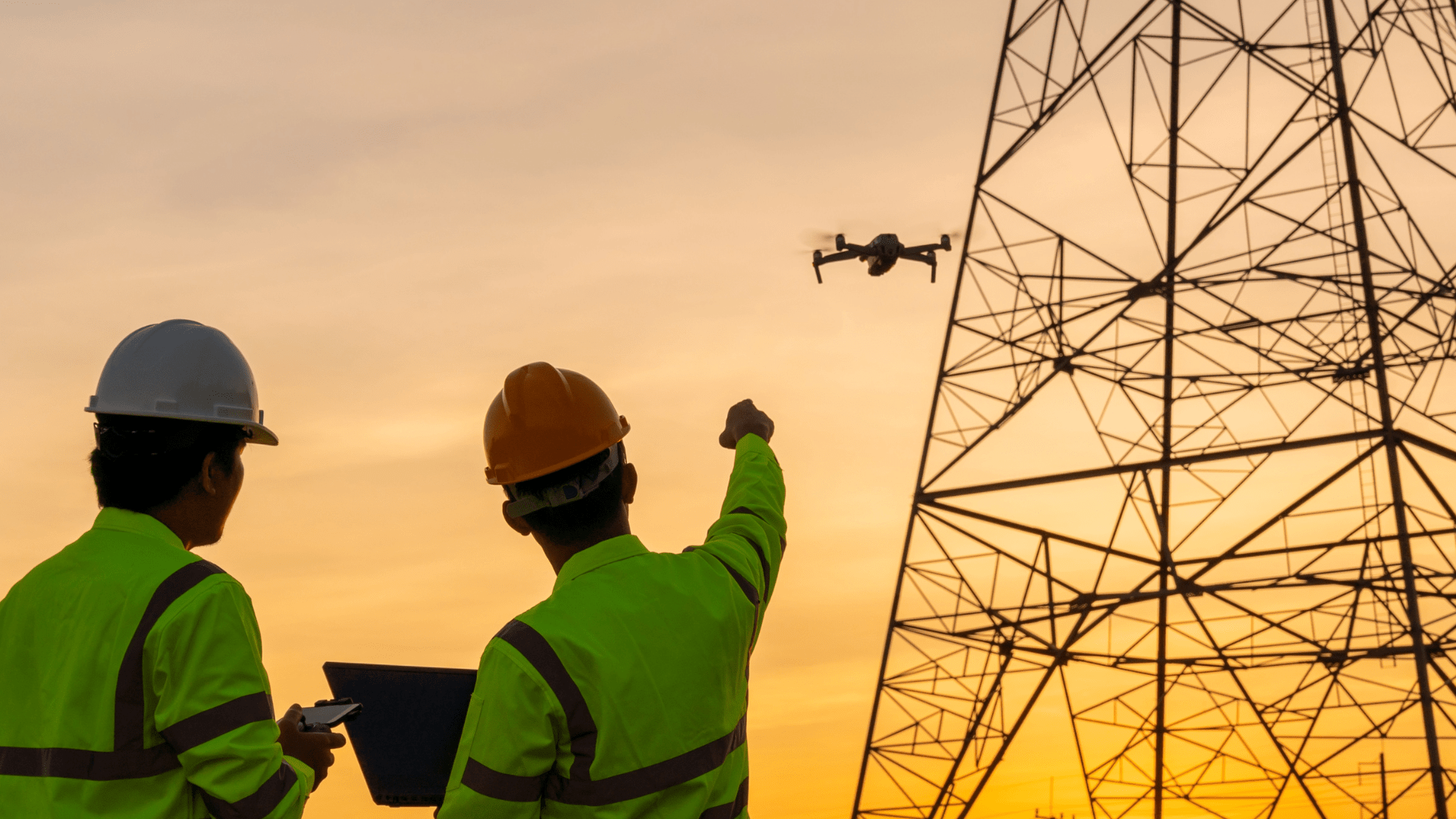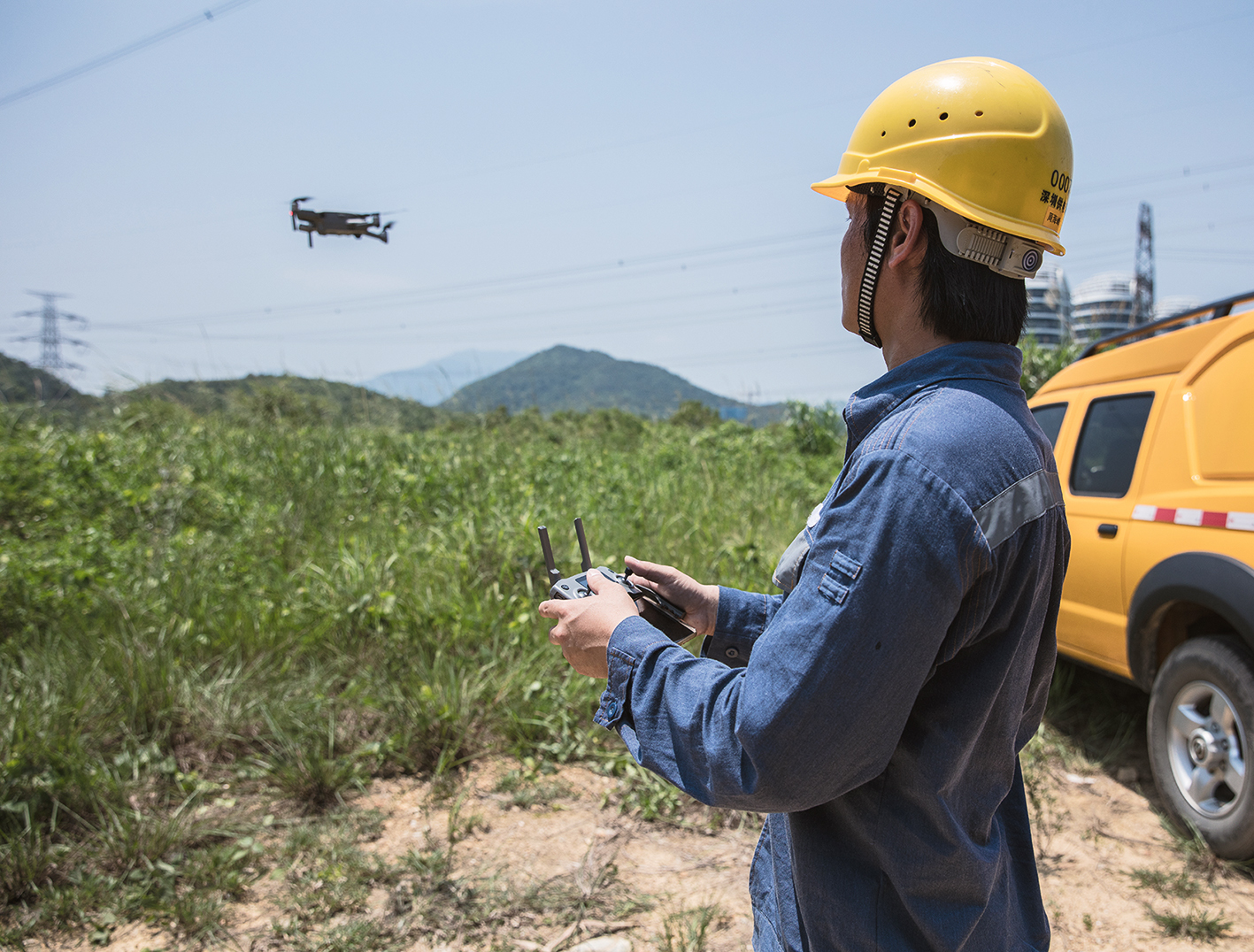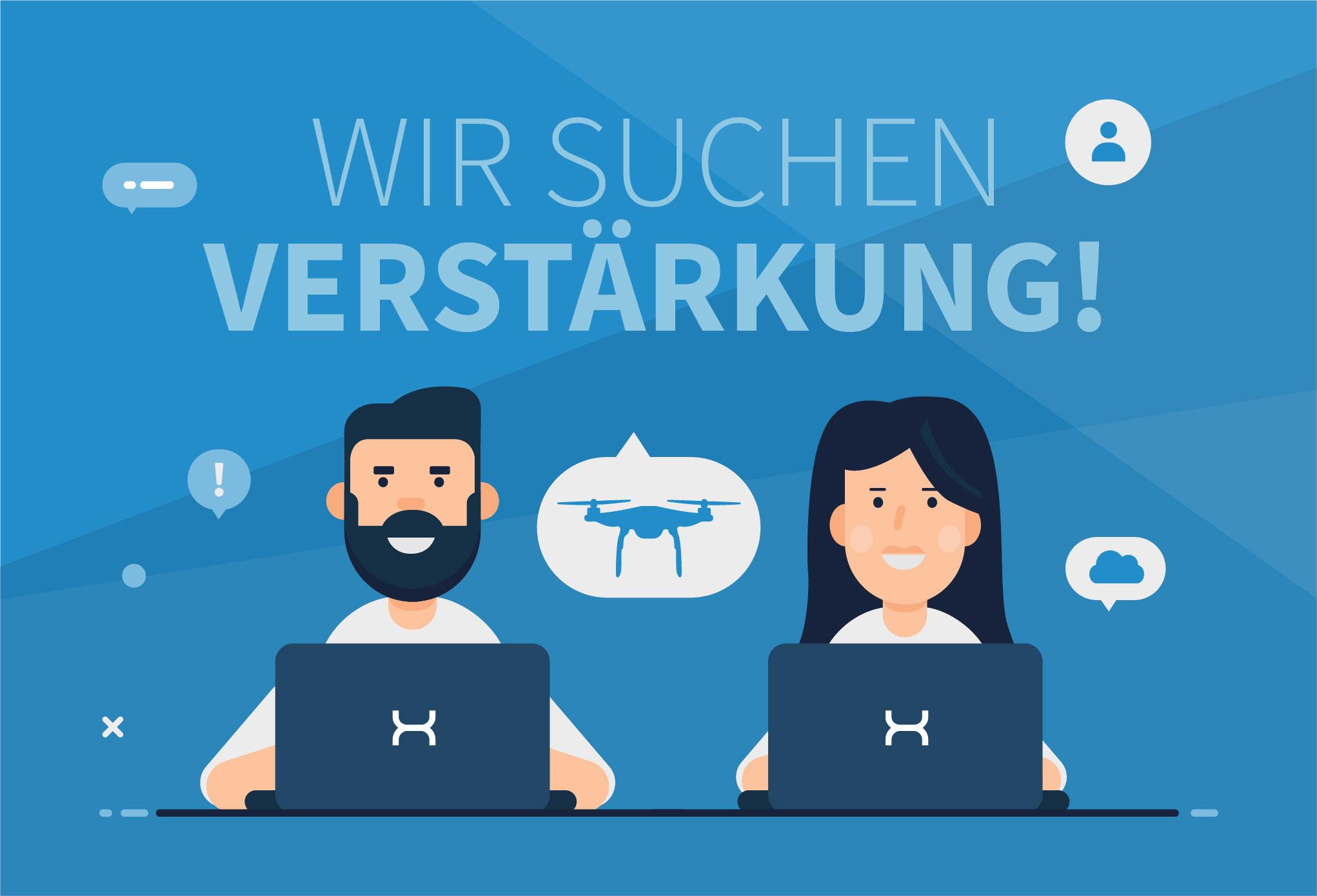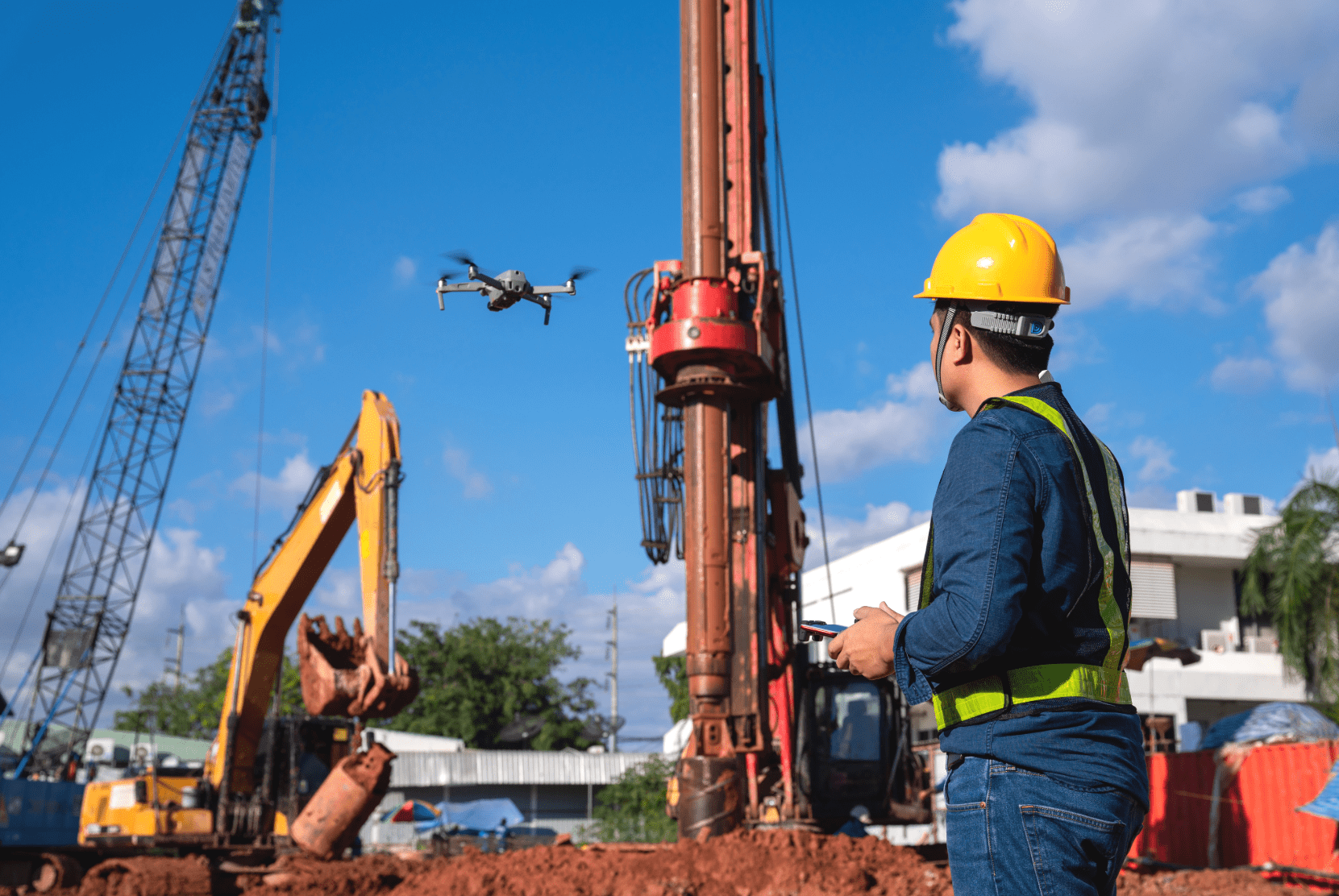UAS sparen Zeit und Kosten und sie sind so sinnvoll, dass sie sogar Leben retten können
Moderne Technologie hat längst Einzug in die Landwirtschaft erhalten. Es gibt Melkroboter für Kühe, (teil-)autonom fahrende Traktoren und Mähdrescher und natürlich den umstrittenen Dünger aus dem Labor. Man kann also, neben der Industrie 4.0 auch sagen, dass die Landwirtschaft 4.0 bereits begonnen hat.
Seit einiger Zeit werden auch Drohnen oder wie sie offiziell heißen UAS (Unmanned Aircraft System, zu Deutsch: unbemannte Luftfahrzeugsysteme) in der Landwirtschaft erfolgreich eingesetzt. Das Spektrum der Anwendungen reicht hierbei von sehr großen Spezialdrohnen, die Saatgut verteilen können, über Drohnen, die auf naturschonende Weise Schädlinge im Mais bekämpfen können bis hin zu Drohnen, die dank ihrer Wärmebildkamera dabei helfen, die Leben von Rehkitzen zu schützen.
Als Außenstehender würde man vielleicht nicht denken, dass die Landwirtschaft so modern ist, aber mittlerweile werden sogar Orthofotos dafür verwendet, Felder wirtschaftlich zu bepflanzen. Und wie sind diese Orthofotos entstanden? Natürlich mit Aufnahmen einer Drohne! Die Landwirtschaft ist keinesfalls altbacken oder sträubt sich vor der Nutzung von Technologie, ganz im Gegenteil, sie ist ein wahrer High-Tech Sektor geworden, in dem verschiedenste neue Arten von Technologie vielfältig eingesetzt werden. Dies erlaubt den Landwirten so effizient wie möglich zu arbeiten. Zudem ist der Einsatz von moderner Technologie oft umweltschonender, als traditionelle Methoden.
Aufgrund schier endlosen Einsatzmöglichkeiten von Drohnen in der Landwirtschaft möchten wir in diesem Artikel eine kleine Auswahl vorstellen, die keinesfalls das gesamte Spektrum der Möglichkeiten abdeckt.
1. Pflanzenschutz gegen Schädlinge
Die Larven des Maiszünslers (Ostrinia nubilalis) sind für die Zerstörung von etwa 4 % der jährlichen Maisernte verantwortlich und somit der größte Schädling bei der Maisernte weltweit. Eine umweltschonende Maßnahme, um den Maiszünsler zu bekämpfen, ist der Einsatz von Schlupfwespen. Diese Schlupfwespen werden in kleinen Kugeln in den Maisfeldern platziert. Die Abstände zwischen den Kugeln betragen dabei ca. 10 Meter. Legt man diese Kugeln nun per Hand aus, ist dies ein sehr langwieriger Prozess. Hier lohnt sich der Einsatz einer Drohne zur Aussendung der Kugeln. Wie dies funktioniert, erfahren Sie in diesem Video.
Vor dem Abflug kopiert der Pilot den vorher erstellen und durch die Flugaufsicht genehmigten Flugplan auf die Drohne. Dies ist ein gutes Beispiel dafür, wie man als selbstständiger Drohnenpilot MAP2FLY oder als Unternehmen HORIZON dafür verwenden kann, vorher geplante Flüge mit der Drohne umzusetzen. Es ist zudem möglich, dass die Drohne die Route autonom abfliegt, so dass der Pilot nur noch kontrolliert, ob die Flugroute eingehalten wird bzw. im Notfall eingreifen kann. Allein der Geschwindigkeitsvorteil der Drohne gegenüber einem Menschen (6 km/h vs. 36 km/h) zeigt schon, wie viel Zeit eingespart werden kann. Durch den vorher angefertigten Flugplan stellt man zudem von vornherein sicher, dass das gesamte Feld abgedeckt wird.
Drohnen können allerdings noch viel mehr im modernen Pflanzenbau tun.
2. Zustandsüberwachung von Anbauflächen durch Luftbilder
In der Vergangenheit war die Erstellung von Luftbildern teuer. Flugzeuge oder Hubschrauber wurden hierfür eingesetzt, die das Ganze sehr aufwendig machten. Zudem war die (digitale) Kameratechnik bezüglich Auflösung und Detailgrad noch nicht so fortgeschritten wie heute.
Heutzutage ist die Auflösung von Kameras so hoch, dass die Felder detailliert analysiert werden können und so beispielsweise Schäden durch Trockenheit anhand der erstellten Bilder leicht auffindbar sind. So kann eine gezielte Bewässerung stattfinden, um diese Bereiche vor der Austrocknung zu schützen. Andere Bereiche werden gleichzeitig davor bewahrt, überwässert zu werden. Dies ist nur einer von unzähligen Vorteilen des sog. Precision Farmings, bei dem modernste Technologie dazu verwendet wird, die Bewirtschaftung von Feldern effizienter zu gestalten. Zudem kann dadurch der Einsatz von Herbiziden und anderen Düngemitteln reduziert oder sogar vollständig vermieden werden. Technologie hat in der Vergangenheit leider einige Male zu negativen Schlagzeilen bezüglich Landwirtschaft geführt, beispielsweise durch künstlich genmanipulierten Mais oder Soja. Auch der bei der Viehzucht eingesetzte Melkroboter ist ein Streitthema. Hier reihen sich auch Drohnen ein, die dazu verwendet werden, um Pestizide über Düsen zu verteilen.
Überwiegend dienen Drohnen jedoch dazu, umweltschonend die Effizienz der Bewirtschaftung der Agrarflächen zu steigern.
3. Drohnen retten Rehkitze
Ein weiteres positives Beispiel für den Einsatz von Drohnen in der Landwirtschaft ist die Rehkitzrettung. Rehkitze werden im Schutze des hohen Grases von ihren Müttern zeitweise allein gelassen. Wenn die Landwirte im Frühjahr ihre Felder mähen, geschieht oft das Unglück: Das Rehkitz wird vom Mähdrescher getötet, da es keinen Fluchtinstinkt hat. Die Landwirte hatten bisher keine effiziente Möglichkeit, ihre Felder vorher auf Rehkitze zu zu prüfen, denn zu Fuß würde dies viel Zeit verschlingen und aufgrund des hohen Grases auch nicht lückenlos durchführbar sein.
Der Einsatz einer Drohne kann hier jedoch Leben retten. Landwirte können, bevor sie anfangen, ihre Felder zu mähen, telefonisch Drohnenpiloten kontaktieren, die dann die Felder abfliegen. Die eingesetzten Drohnen sind nebst RGB-Kamera zusätzlich mit einer Wärmebildkamera ausgestattet, sodass die Rehkitze schnell aufgefunden werden können. Diese können dann in Sicherheit gebracht werden und die Landwirte können mit ihrer Arbeit beginnen ohne die Tiere zu gefährden.
Besonders erwähnenswert ist die Tatsache, dass zahlreiche Drohnenpiloten diese Einsätze ehrenamtlich zum Schutze der Tiere durchführen.
4. Drohnen zum Streuen von Dünger
Die Firma Rauch ist Landwirten als Hersteller von Düngerstreuern ein Begriff.
Mindestens ebenso imposant, wie manch Traktor oder Mähdrescher ist deren Drohne Agronator.
Mit 80 kg Gewicht, einer Traglast von 30 kg und einer Größe von 4,6 m übertrifft sie so ziemlich jede andere erhältliche Drohne. Gleichzeitig ist sie die erste Düngerstreuer-Drohne weltweit. Ihr Einsatz bringt einige Vorteile. Durch vorherige Erstellung der Flugrouten kann der Dünger präziser verteilt werden, als mit einem herkömmlichen Düngerstreuer. Da die Drohne fliegt, kann sie vollkommen unabhängig von der Bodenbeschaffenheit agieren. Außerdem kann sie während des Einsatzes mit höherer Geschwindigkeit eingesetzt werden, als beispielsweise ein Traktor. Die Drohne kann autonom die Flugroute abfliegen und jeder Einsatz kann digital dokumentiert und ausgewertet werden. Laut Hersteller ist die Agronator Drohne durch ihre Wendigkeit zudem effizienter, als andere Agrar-Roboter.
Flugplanung und Validierung
Im Vergleich zum urbanen Raum gibt es in ländlicheren Regionen weniger Flugverbotszonen. Da die Flüge über Felder direkt vom Landwirt in Auftrag gegeben oder gar von diesem selbst durchgeführt werden, gibt es zudem auch keine rechtlichen Beschränkungen bezüglich Flugverboten über Privatgrundstücken. Es gibt aber noch mehr zu beachten.
Hier sind einige Fragen, die sich Landwirte stellen müssen:
- Was passiert, wenn unmittelbar in der Nähe des zu befliegenden Feldes eine Autobahn lang führt?
- Wie ist die rechtliche Lage mit Feldern, die in Einflugschneisen liegen, weil sich eine Großstadt samt großem Flughafen in der Nähe befindet?
- Darf man mit seiner Drohne die Weide des angrenzenden Bauernhofes überfliegen?
- Wie nah darf die Drohne an die angrenzenden Strommasten?
Um diese Fragen zu beantworten, reicht ein Blick in unsere Projektmanagement-Software HORIZON. Hier können Flugrouten mit wenigen Klicks geplant werden und man erhält direkt eine Übersicht aller Regeln und Gesetze, die auf der jeweiligen Route gelten.
Des Weiteren ist zu beachten, dass eine große Drohne, wie die Agronator Drohne mit ihren maximal 110 kg Abfluggewicht in Deutschland für jeden Flug eine Genehmigung braucht. Dies gilt im Übrigen für alle Drohnen ab 5 kg Abfluggewicht.
Möchte man einen Flug anmelden, so muss man zahlreiche Dinge beachten. Die Missachtung einer Regel bzw. eines Gesetzes während der Flugplanung kann dazu führen, dass keine Fluggenehmigung erteilt wird. Daher möchten wir diesen Prozess vereinfachen, um die Verwendung von Drohnen nicht nur in der Landwirtschaft, sondern in allen industriellen Anwendungen, zu vereinfachen.
Wer einen Blick in unsere Karte werfen möchte, kann gerne kostenlos Map2Fly_Pro testen.
Auch erhältlich als App für iOS und Android.
Ihr FlyNex Team
